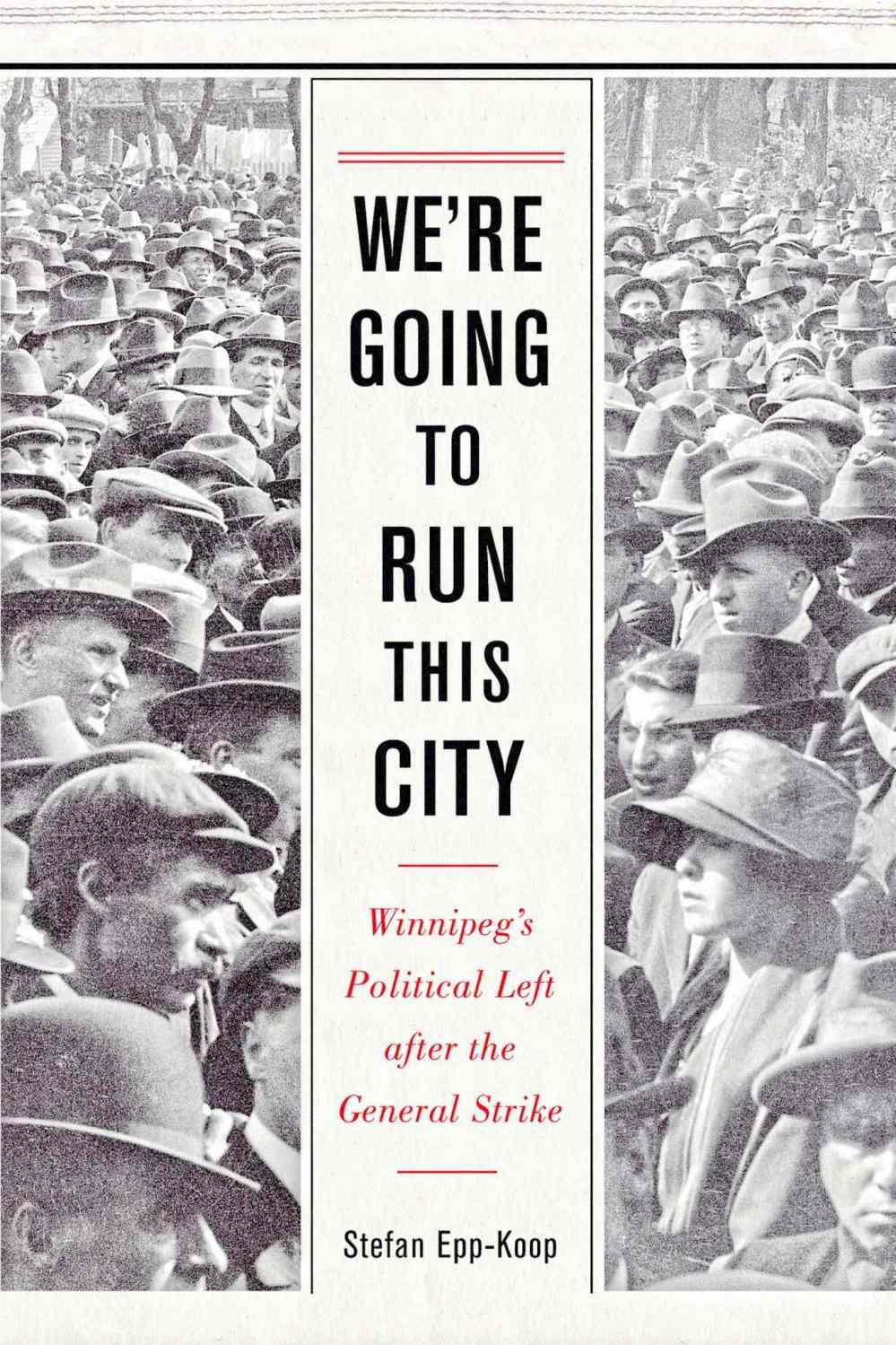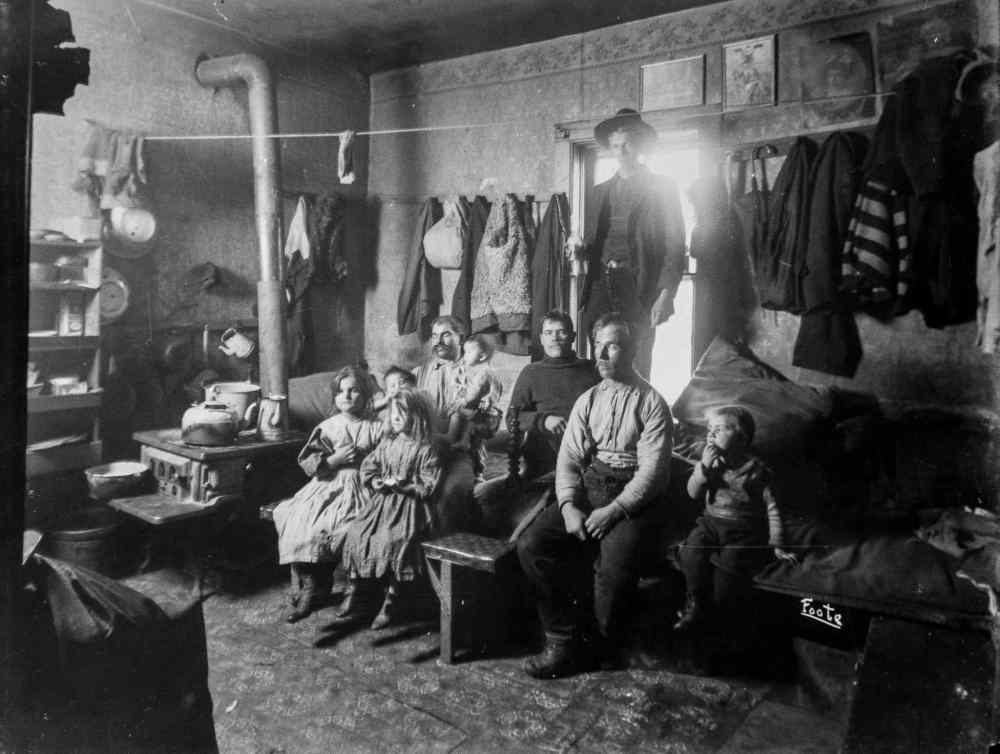Boom and gloom
Advertisement
Read this article for free:
or
Already have an account? Log in here »
To continue reading, please subscribe:
Monthly Digital Subscription
$0 for the first 4 weeks*
- Enjoy unlimited reading on winnipegfreepress.com
- Read the E-Edition, our digital replica newspaper
- Access News Break, our award-winning app
- Play interactive puzzles
*No charge for 4 weeks then price increases to the regular rate of $19.00 plus GST every four weeks. Offer available to new and qualified returning subscribers only. Cancel any time.
Monthly Digital Subscription
$4.75/week*
- Enjoy unlimited reading on winnipegfreepress.com
- Read the E-Edition, our digital replica newspaper
- Access News Break, our award-winning app
- Play interactive puzzles
*Billed as $19 plus GST every four weeks. Cancel any time.
To continue reading, please subscribe:
Add Free Press access to your Brandon Sun subscription for only an additional
$1 for the first 4 weeks*
*Your next subscription payment will increase by $1.00 and you will be charged $16.99 plus GST for four weeks. After four weeks, your payment will increase to $23.99 plus GST every four weeks.
Read unlimited articles for free today:
or
Already have an account? Log in here »
Hey there, time traveller!
This article was published 21/11/2015 (3660 days ago), so information in it may no longer be current.
Stefan Epp-Koop’s We’re Going to Run This City explores the dynamic political movement that came out of the 1919 General Strike, the largest labour protest in Canadian history, and the ramifications for Winnipeg throughout the 1920s and 1930s. Winnipeg was a deeply divided city. On one side, the conservative political descendants of the General Strike’s Citizen’s Committee of 1000 advocated for minimal government and low taxes. On the other side were the Independent Labour Party and the Communist Party of Canada, two groups rooted in the city’s working class, though often in conflict with each other.
The political strength of the left would ebb and flow throughout the 1920s and 1930s but peaked in the mid-1930s when the ILP’s John Queen became mayor and the two parties on the left combined to hold a majority of council seats. Astonishingly, Winnipeg was governed by a mayor who had served jail time for his role in the General Strike.
Winnipeg had grown rapidly in the early decades of the 20th century. The city had all the appearances of a boom town, tripling in size in the first decade. Businesses flocked to the city to service the growing population of Winnipeg and the Canadian West. Manufacturers, wholesalers, and retailers opened in the city, establishing it as the pre-eminent commercial hub of Western Canada. The city also profited from the growing agricultural production of the Prairies as the home of the grain exchange and many companies producing agricultural implements and supplies.

Optimism abounded, anything was possible. Civic boosters imagined Winnipeg as the “Chicago of the North,” a world-class city. That became the commonly accepted narrative of the city’s growth. Indeed, many Winnipeggers did become quite wealthy during those boom years, and there was significant economic opportunity for those who were able to access it.
But many of those drawn to Winnipeg would not share in this prosperity. Those who worked in the railway yards, manufacturers, and industries that sprung up to support this new city and its growth remained vulnerable in low-paying jobs with little job security. Often, these people were also recent immigrants to Winnipeg as, by 1921, Winnipeg was Canada’s most diverse city.
Ethnic diversity would be a key component to Winnipeg’s social and political life. First, the city was geographically divided based on ethnicity. The North End would be the new home for many recent arrivals to the city, particularly from eastern Europe. Nearly 90 per cent of Winnipeg’s Jewish population lived in the North End, along with the majority of the city’s Ukrainian community. Meanwhile, British labourers and the city’s elite tended to live south of the railway tracks that divided the North End from the rest of the city.
Life was not easy for these eastern European immigrants. Ethnic discrimination was common, particularly after the First World War and the Russian Revolution. Many community members of British origin blamed the challenges faced by immigrants on the perceived moral failings of the immigrants themselves, who they thought had brought with them un-British social ills from their home countries. And since many of these immigrants were working in low-paying, blue-collar jobs, “Most individuals faced ethnic discrimination, class exploitation, or a combination of the two.” Immigrants often struggled to find steady, adequately paying employment, but were also at risk of deportation should they be forced to rely on relief. People lived in poor-quality housing, worked in dangerous jobs and faced other challenges such as high disease rates. For example, in the North End in 1912, the infant mortality rate among central and southern Europeans was 372 per 1,000 births, well over three times the rate of the city’s south (predominantly British) side.
Ethnic societies were key to the lived experience of Winnipeg’s North End residents. By 1921, each major ethnic group had a mutual-savings and health-benefit society, and many had educational programs, choirs, theatre groups, newspapers, social societies, religious orders and left-wing groups. These groups were integral to not only the social lives of recent immigrants but would also play key roles in the establishment of, and support for, political action, much of which was rooted in organizations such as the Ukrainian Labour Farmer Temple Association. However, Winnipeg’s immigrants were grossly underrepresented in local politics. Between 1874 and 1914, only five aldermen were non-Anglo-Saxon, of which two were Jewish, two were Icelanders and one was Ukrainian.
With the dawn of the First World War, immigration, which had contributed to nearly all of Winnipeg’s population growth in the first decade of the 20th century, slowed substantially. It would recover somewhat during the 1920s, but a decade later, as the city faced economic depression, immigration would slow to a trickle. As a result, between 1921 and 1941, the percentage of people in Winnipeg who were foreign-born would drop from 47 per cent to 35 per cent. Immigration slowed during the 1920s before coming to an almost complete halt during the 1930s. Not only had the major source of population growth in the city itself slowed, but the need for the many services Winnipeg businesses had provided to new immigrants across the Canadian West had as well. Winnipeg was still a major centre, but without much of the buoyant optimism that had marked its earlier growth.
Winnipeg struggled economically after the First World War. A recession set in from 1919 that did not lift until the mid-1920s. There were several reasons for this. With the development of the Panama Canal and increased shipping through Vancouver, the railway through Winnipeg was no longer as essential to the Canadian economy. Other western Canadian cities were also growing, increasing competition for Winnipeg’s manufacturers and wholesalers who had previously supplied much of Western Canada. Finally, locally owned retailers were being challenged by national and international chain stores, the result often being reduced employment opportunities. This not only affected local businesses but also the labourers who worked in them. Unemployment increased in Winnipeg in the early 1920s, putting stress on the city’s unemployment-relief system.
Winnipeg’s economy would pick up again in the late 1920s, as railway construction resumed and resource and agricultural development continued in rural and northern Manitoba. Winnipeg’s strong economic performance in the late 1920s, however, was overshadowed by the even faster growth of other western Canadian cities. Soon new firms were challenging Winnipeg wholesalers and manufacturers. New transportation structures made it cheaper for firms to ship directly from Eastern Canada to western cities rather than shipping first to a wholesaler in Winnipeg. The result was the wholesale industry, which had been a staple of the Winnipeg economy for the first two decades of the 20th century, began to decline, particularly relative to the growth of other western Canadian centres. But the growth of other cities was not all bad news for Winnipeg. The construction boom across the Canadian West meant new markets for construction products and manufactured goods produced in Winnipeg.
The boom of the 1920s was to be short-lived. By the end of the decade, Winnipeg was surpassed by Vancouver as the biggest city in Western Canada. Rapidly growing urban centres in Alberta and Saskatchewan challenged Winnipeg’s once-dominant role in the economy of Western Canada. Consequently, the 1920s and 1930s were a period of adjustment in Winnipeg. Gone were the days of rapid population growth, massive building projects and visions of grandeur. Gone were the days when all roads led to Winnipeg. Yet Winnipeg also would continue to play a major role in Western Canada’s economy, shaping and being shaped by the economic and social forces around it as the Great Depression settled in.

Excerpt from We’re Going to Run This City: Winnipeg’s Political Left After the General Strike
Published by University of Manitoba Press
History
Updated on Saturday, November 21, 2015 8:41 AM CST: Changes photo.

